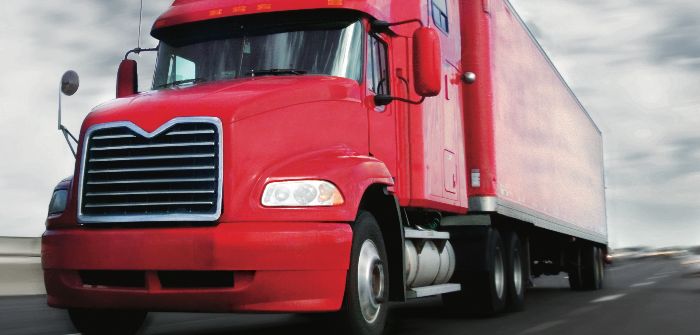In April 2016, Bridgestone joined the SuperTruck II program under which it is developing new tire technologies designed to improve the eco-friendliness of products in the truck segment. Work officially started in October 2016.
The SuperTruck II program was created by the Department of Energy to research, develop and demonstrate technologies to improve heavy-truck freight efficiency by more than 100%, with an emphasis on technology, cost-effectiveness and performance.
Bridgestone is working on developing technologies that will improve fuel efficiency by up to 6% through a 30% reduction in rolling resistance compared to the 2009 baseline.
Mitchel Kritzell, director for commercial tire development, Bridgestone Americas, says, “We are currently in the technology development and prototyping phase. The focus is on developing and evaluating the technologies that will deliver on our rolling resistance objective. Our current focus is on developing new compound and pattern technologies.
“We are developing two sets of tires. The first set was built last year and will be used for the initial on-vehicle testing. These tires achieved approximately half the targeted rolling resistance improvement, which is on track with the team’s objectives. This year, the team begins work on the second set of tires which will deliver the full 30% rolling resistance improvement.”
The program will incorporate six different tire technologies, including tire sizing, curing, casing construction, casing compounds, tread patterns and tread compounding.
“At full implementation of the technology over the Class 8 vehicle population, nearly three billion gallons of diesel could potentially be saved per year, corresponding to 30 million metric tons of annual CO₂ emissions reduction.
This project is closely aligned with Bridgestone’s internal goal to produce products that contribute to reducing global CO₂ emissions by 50% or greater by the year 2050,” adds Kritzell.
According to the engineer, the biggest technical challenge is balancing wear and traction performance with rolling resistance reduction. In order to ultimately commercialize these technologies, this will be key.
More on truck tires in the March issue of Tire Technology International.
Acknowledgment
This material is based upon work supported by the Department of Energy under Award Number DE-EE0007761.
Disclaimer
This report was prepared as an account of work sponsored by an agency of the United States Government. Neither the United States Government nor any agency thereof, nor any of their employees, makes any warranty, express or implied, or assumes any legal liability or responsibility for the accuracy, completeness, or usefulness of any information, apparatus, product, or process disclosed, or represents that its use would not infringe privately owned rights. Reference herein to any specific commercial product, process, or service by trade name, trademark, manufacturer, or otherwise does not necessarily constitute or imply its endorsement, recommendation, or favoring by the United States Government or any agency thereof. The views and opinions of authors expressed herein do not necessarily state or reflect those of the United States Government or any agency thereof.
April 30, 2018



